Last-Minute NYC Holiday Gift Guide 🎁
We’ve created a holiday gift guide with presents for the intrepid New Yorker that should arrive just in time—


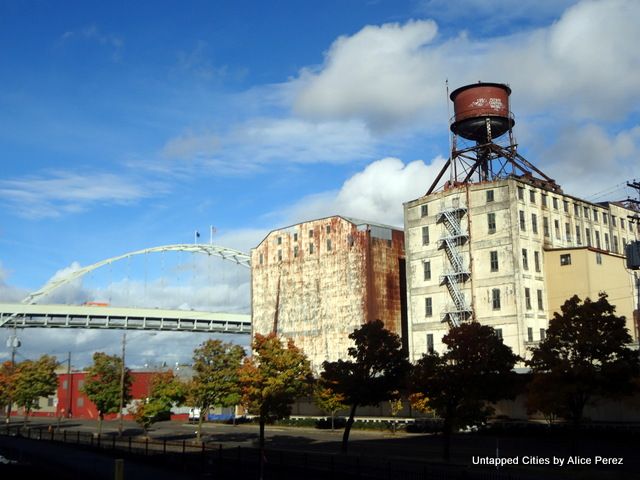 The Pearl District, where old meets new
The Pearl District, where old meets new
Take a walk around the Pearl District and you will discover block after block of century-old abandoned, historic buildings that have rose from the dead and have a second life as a mixture of hip restaurants, cafes, boutiques, and furniture stores. The Pearl District is a turn-of-the-century revitalized niche in Portland where old meets new, with the young and old cohabitating together and old brick warehouses become friendly neighbors to giant skyscraper apartments.
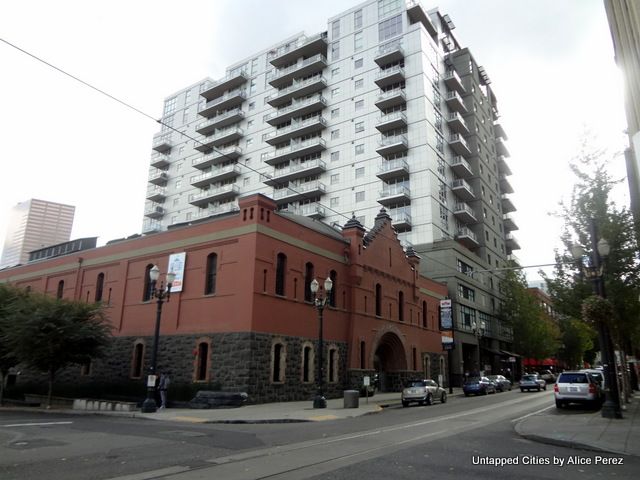 Old brick warehouses are friendly neighbors to giant skyscraper apartments
Old brick warehouses are friendly neighbors to giant skyscraper apartments
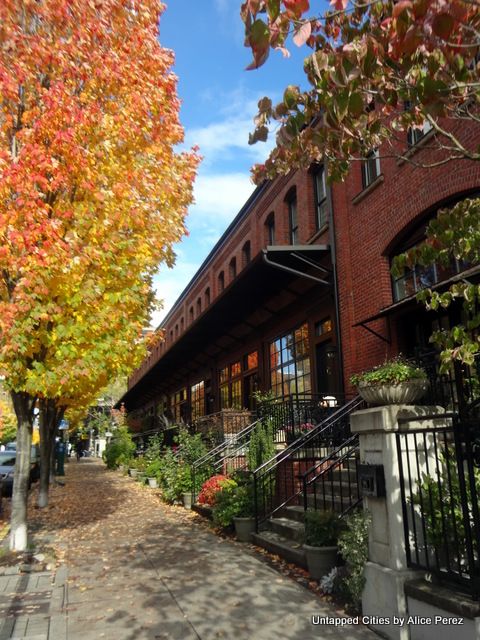 Old brick warehouses turned into lofts and apartments
Old brick warehouses turned into lofts and apartments
Over a century ago this northwest quadrant was the heartbeat of Portland’s industrial and transportation zones with a number of occupied warehouses and railroad yards formerly known as the “Northwest Industrial Triangle.” Fast-forward to 2012, the Pearl District continues to have a pulse as Portland’s most hip and distinctive shopping and lifestyle neighborhoods.

The Pearl district was once the heartbeat of Portland’s industrial and transportation zones
According to the Pearl District Neighborhood Association website the name behind Pearl District “caught on as a way to describe a neighborhood of rough old buildings each concealing ‘pearl’ in the form of artists’ studios and art galleries.” The Pearl District has a number of hidden gems that visitors can see if they look up at the old red brick buildings and discover the signs of the past that haunt the side of these buildings with peeling paint and faded lettering. The fading ads in Portland are relics of old advertisements that were painted on businesses and warehouse where travelers could view them in plain sight.
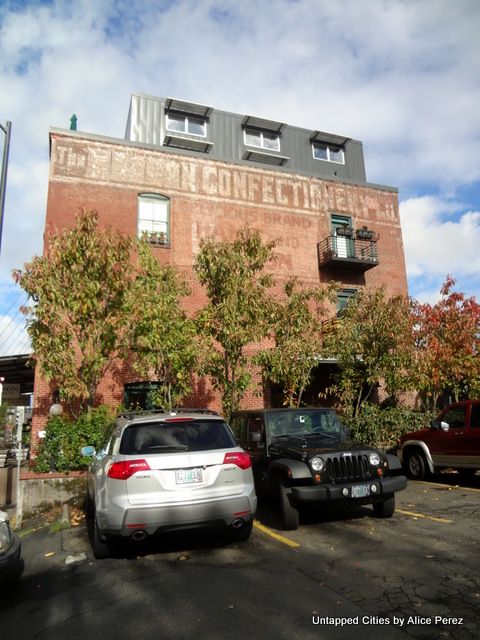 The fading letters of the Modern Confectionary Building
The fading letters of the Modern Confectionary Building
Step back in time and stroll down Thirteenth Avenue Historic District which is the “Avenue of the Ghost Signs” with a number of vacant warehouses and lots that were once home to candy factories, kitchen equipment and utensil warehouses. On the corner of 13th and Hoyt, sits the Filson store, an outdoor clothing store for men and women who for the past four years has called “The Modern Confectionery Company Building” home. “The heritage of this building fits our tradition of the industrial look,” said Filson Store Manager, Nathan Gray. Filson was established back in 1897 in Seattle, “We are what clothing was for the outdoor person, said Gray.
Gray later dusted off the cob webs of the story behind the sign of “The Modern Confectionary Company,” and the “Delicious Brand Hams and Bacon,” which he said was built in 1907 and was originally a candy factory. The inside of the store is complete with the entire original framework including brick walls and beams. The red brick walls continue to bleed and the store warns customers not to brush their clothes on the brick because they will get stained. The store was able to salvage a part of a conveyer belt from the sugar company and built a chandelier out of it which proudly hangs near the register. “The building fits our company’s history,” said Gray. Around the turn-of-the-century the building underwent a warehouse-to-loft renovation. Six lofts were built and the developers retained the name of the original building, dubbing it The Modern Confectionery Lofts.

The Gadsby Building built in 1906

Across the street from “The Modern Confectionery Company Building,” is the four story warehouse known as “The Gadsby Building” which was built in 1906 by William Gadsby and his sons. They operated a downtown retail furniture store from 1898-1953 and built this warehouse on 13th Avenue railroad spur to support their downtown store. Today, the Gadsby building is home to three different stores: Hunt & Gather, Barista, and Ready Paint Fire.
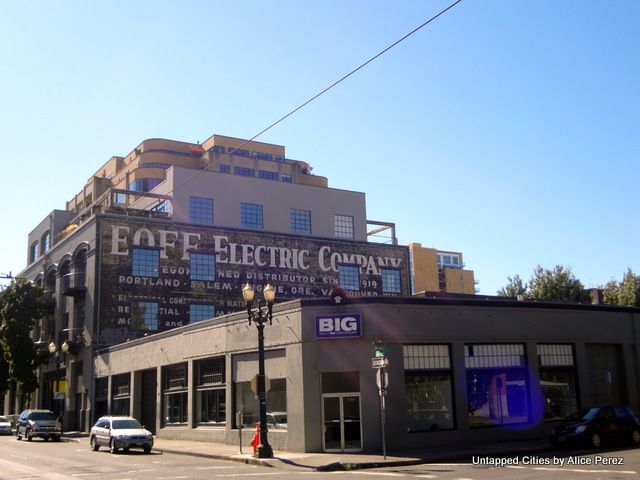
The next time you’re in Portland, take a walk around the Pearl District and go on a ghost sign hunt. Take in how Portland retains its past while simultaneously planning for its future.
Get in touch with the author @alicperez.
Subscribe to our newsletter